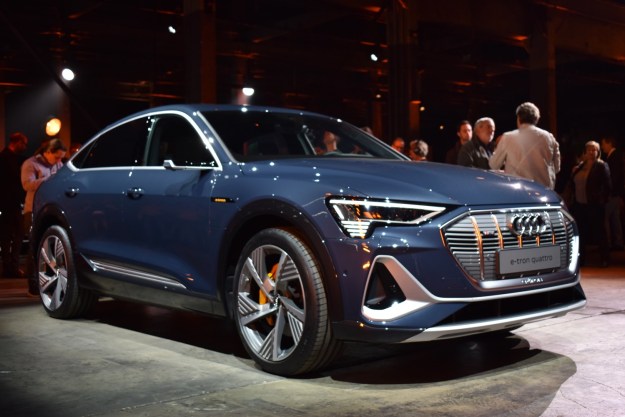
Waves of reporters, television crews and industry experts have yet to descend on the Los Angeles Convention Center, but the buzz over what will be revealed there has already begun to rev up. From fuel-sipping economy cars to reborn American muscle, automakers are ready to unveil a menagerie of spectacular four-wheeled creations for this year’s show.
2011 Chevrolet Cruze
Cobalt, we hardly knew thee. After five model years, GM will scrap Chevy’s dull economy car for the slightly sportier Chevy Cruze for the 2011 model year. It sports exterior lines and a grille reminiscent of the latest Malibu, but a host of new engine options optimized for fuel economy. That includes the familiar old EcoTec 1.8-liter four cylinder, plus a turbocharged 1.4-liter version that GM hints should deliver up to 40 miles per gallon.
2011 Ford Mustang
Muscle car enthusiasts have always found it difficult to muster much love for the sleepy six-cylinder version of Ford’s classic pony car, the 2011 version may change that. The reworked 3.7 liter Duratec 24-valve V6 now pumps out an impressive 305 horsepower and 280 ft-lbs of torque – enough to make smaller V8s blush. And though you probably won’t see Al Gore tearing around town in one any time soon, Ford also claims it will hit 30 mpg on the highway when paired with a six-speed automatic. Not too shabby.
Audi Snubs LA
Didn’t think it was possible to be too pretentious for Los Angeles? Audi has it figured out. Apparently the German automaker will be skipping out on the LA Auto Show for the debut of the 2011 A8, instead preferring to show off its Wunderkind at the decidedly upscale Design Miami 2009 event. But we can’t stay mad at that face for long. The all-aluminum performance sedan returns this year with a host of techie upgrades, including LED headlights, a touch-screen multimedia interface, and a host of reworked engines that have been fine-tuned for fuel economy and power. The highlight for the green crowd: a 3.0-liter V6 TDI that delivers 42mpg.

Capstone CMT-380 Microturbine Hybrid
Turbine engines aren’t just for jets and tanks anymore. Though Chrysler tried without success to introduce turbine-powered car back in the 60’s, Capstone will have another go at it with the CMT-380, which adds electricity to the mix. The car uses a 30-kilowatt turbine running on diesel or biodiesel to charge a lithium-ion battery pack, which in turn power motors that drive the wheels. It can run for 80 miles on a single charge, then deliver another 420 after switching on the microturbine for a total range of 500 miles per tank. And this green machine screams. Capstone claims it will do 0 to 60 in under four seconds.

Stay tuned for even more as we report live from Los Angeles this week!
Editors' Recommendations
- Google is bringing Chrome browser to cars, even more EV features to Maps
- 2020 Chevrolet Camaro vs. 2020 Ford Mustang
- Detroit auto show canceled as venue preps to become coronavirus field hospital
- Car shows were already endangered. Coronavirus might make them extinct
- 2019 LA Auto Show: Highlights, headlines, and everything awesome




